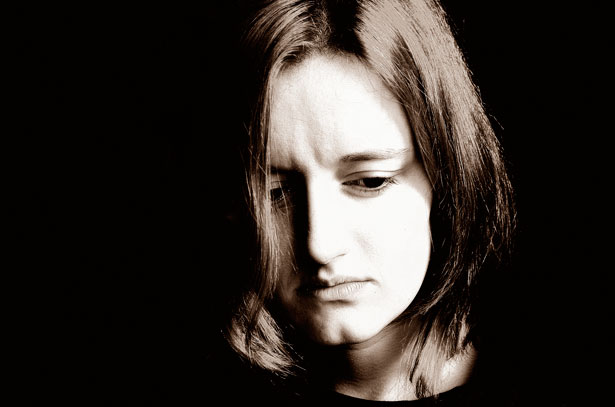Strong Body Language Helps Deal With Bullies
 Many kids who get bullied tend to show through their body language that they don’t feel confident or good about themselves. They do this by not making eye contact, slouching, looking downtrodden and seldom smiling or looking happy.
Many kids who get bullied tend to show through their body language that they don’t feel confident or good about themselves. They do this by not making eye contact, slouching, looking downtrodden and seldom smiling or looking happy.
Whether your child’s victim body language was there first (before the bullying began) or whether it developed as a result of being bullied, it is something you can train your child to be aware of and change.
We are all creatures of habit and displaying poor body language may have become a habit for your child. You will need to be patient and prepared to consistently point out proper body language and positively reinforce it when you do see it.
Maintaining Eye Contact
When someone refuses to look you in the eye, human nature is to become suspicious and uncertain of the intentions and state of mind of the other person. Failure to make eye contact is usually an indication that a person is insecure. Think about it for a moment: When a person makes eye contact with you, it sends a signal that the person is confident, honest, and forthright.
You can practice this skill with your child, by showing them how to have a conversation and holding eye contact. Start with just a few seconds at a time and help them to slowly build up the amount of time they can maintain eye contact until they can confidently hold a conversation while looking directly at you. Have them practice this skill as often as possible. This skill will help them in all their social interactions.
Be careful though of overdoing this with your child. There is a fine line between holding eye contact to signal interest in what that the speaker is saying and staring in a way that makes other people uncomfortable. Explain and demonstrate the difference to your child.
Confident Posture
Confident kids hold their heads up high and approach the world with gusto. Bullied kids tend to draw in on themselves in an attempt to disappear. You can teach your child to hold his head high, square his shoulders, and sit and stand up straight. You can even practice these things in front of a mirror so they can better understand the impact of their slouch when they see it in the mirror.
When you are in a public place, point out the people who pass by and ask who seems confident and friendly and who doesn’t. You may notice people who stand with their arms crossed — this signals “keep away” and can seem hostile to another person. Point out these subtle actions and body postures to your child.
You can even watch TV together and study the body language of the characters on a show or in a movie. Look for examples of great body language and explain to your child why we react more positively to open, confident, and friendly postures.
Facial Expressions
This is the trickiest part of body language for kids to learn, because kids are usually open books. You can typically see exactly what and how they are feeling by simply looking at their face. If your child is unhappy, his face is a scowl. If he is sad, his face holds a crestfallen expression. If he’s happy, his face is lit up with delight.
The problem is most people including kids can read him like a book. For a bullied kid, this is not good. A bullied child is frequently upset, angry or scared and these types of facial expressions will put other kids off. They will interpret your child as being unfriendly, hostile, or unapproachable and this will make it harder for him to socialize successfully.
Nonverbal Communication
UCLA professor of psychology, Albert Mehrabian, known for his research on verbal and nonverbal communication, found that only 7% of our communication is what we say! 38% is communicated through the tone of our voice, and 58% is through our body language.
So it would be helpful to discuss with your child the importance of their facial expressions. Start by explaining that people are attracted to relaxed, cheerful faces and see that person as a positive and happy person.
Stand your child in front of a mirror and have him close his eyes. Ask him to think of a recent unpleasant or hurtful event. Ask him to open his eyes to see his facial expression. Then ask him to close his eyes again and think of the best and happiest moment of his life. Have him open his eyes and look at his reflection. Did he notice the difference between the two expressions?
Cut out pictures from magazines of happy faces, angry faces, sad faces, scared faces, etc. Have your child use these pictures to practice making different faces in the mirror. Once he realizes that he has some control over what others think he’s thinking and feeling, he will feel more in control.
Help For Your Child
I love helping kids improve their interpersonal and social skills by teaching them the basics of effective communication and providing them with tools to build their self-esteem and confidence. Please contact me and let’s figure out how best to support your child!





Recent Comments